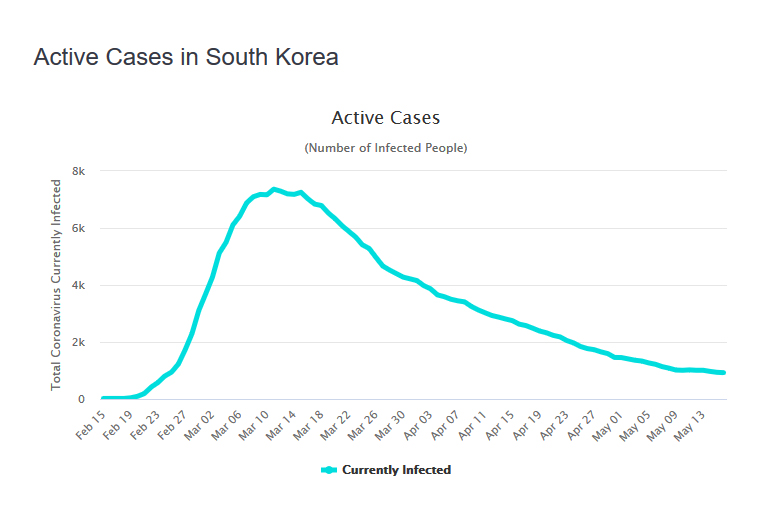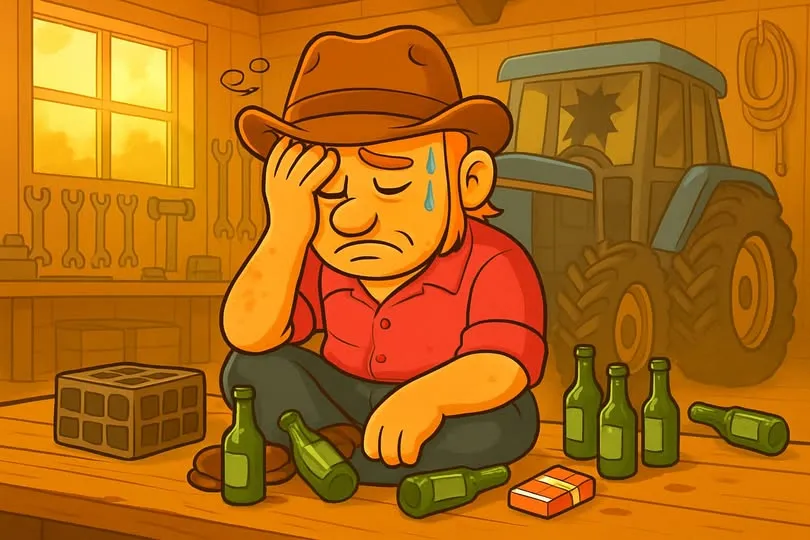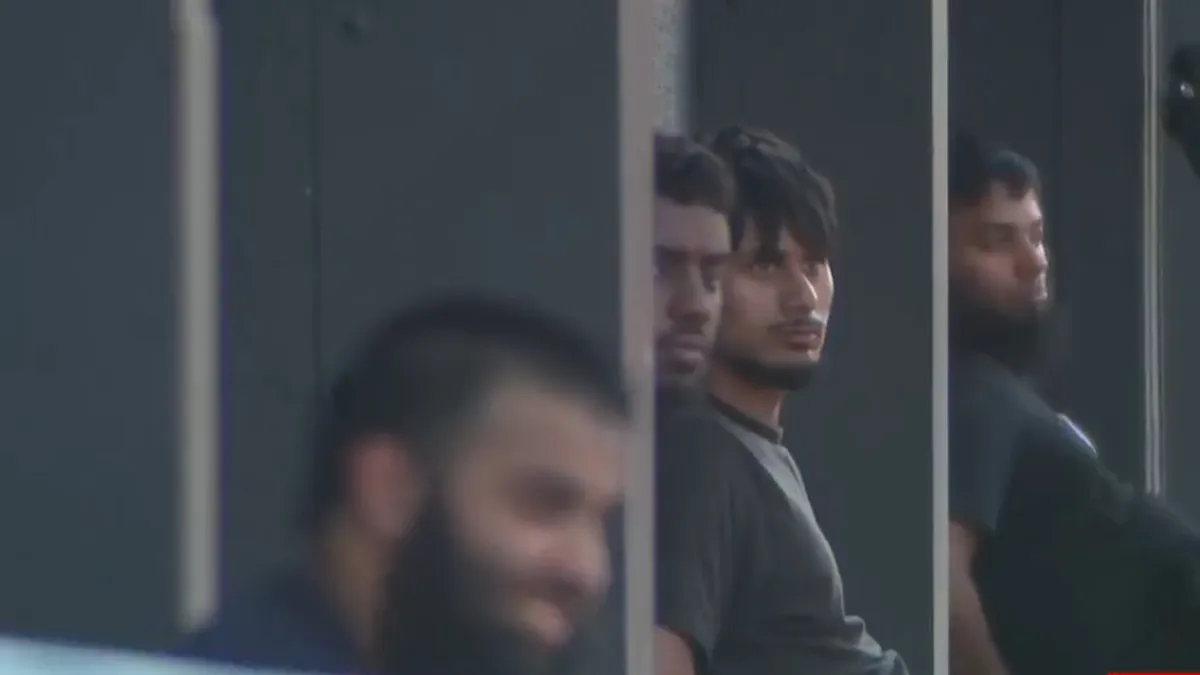The once highly respected Washington Post, which may as well join the New York Times and incinerate all its well earned journalism awards in the past for becoming the leading edge of fake news, has proven just how little it knows about accuracy.
Quoted in the NZ Herald
The Post described the backdown on funeral rules as a “rare hiccup for a government that has been hailed around the world for its response to the pandemic, a response that could be described as data-driven and radically transparent”.
If you haven’t choked to death on that one, please do read on.
The Post quotes former Air NZ chief executive and the government’s business liasion head, Rob Fyfe as saying: “The best thing we could do was to lock our country down and get on top of the virus before it got on top of us.
“In other countries, like the US, people assume that the best outcome for the economy is to get it going again. But if states have to lock down again, they will get a far worse economic outcome than if they’d shut down quickly and completely.”
Is Rob Fyfe now an international expert on COVID-19 management and being quoted in the Washington Post? I feel like I’m living in a fairy tale. “The best thing we could do was to lock our country down and get on top of the virus before it got on top of us” is just mindless nonsense which is already being proven to be wrong by figures from other countries that haven’t used lockdowns. I don’t even know what Fyfe is doing as Business Liaison Head; he’s been noticeably missing in action. Why he’s talking strategy with the Post is way beyond me. How he knows what the 300 million-plus population of the US thinks about “best outcomes” is anybody’s guess and why the Herald and Post are quoting it is anybody’s guess too.
But back to the Herald:
Meanwhile, The Washington Post said New Zealand would still be looking abroad, particularly at countries which had seen spikes after coming out of lockdowns.
Fyfe told The Post: “Just look at the flare-ups in Singapore and South Korea, and even Germany is having issues. This is going to be a really challenging time. How quickly and how precisely we can respond to any flare-ups here is going to be critical.”
Once again, the fake news in the US, aided and abetted by our own NZ Herald, keep banging on about these “spikes” in other countries, and even our newly anointed COVID-19 expert Rob Fyfe says, “Just look at the flare-ups in Singapore and South Korea, and even Germany is having issues.”
Well let’s look at these spikes shall we:

Singapore – Very little early infection then a spike over four weeks 10 April to 10 May followed by a decline which would appear to be continuing

South Korea – Peaked mid March and clearly a steady decline ever since – no sign of a second spike

Germany – Peaked around April 7 and a steady decline since – What issues?
These kinds of loose, inaccurate rumours are being thrown around by people who should know better. Then of course they are repeated over and over through social media, making Chinese whispers a far worse challenge than COVID-19 could ever be.
I have been unable to locate a graph showing a so-called second spike anywhere. If anything, the most consistent general overview suggests a rapid climb over three to five weeks in most countries (with some exceptions) and with no obvious difference between those operating under severe lockdowns and those that aren’t. After the peak is reached there is a steady decline in numbers and, despite the rumours, that decline seems to remain consistent.
Without being too casual about it, one could conclude that COVID-19, like every other known virus, attacks, peaks, slows down, fades away and simmers away in the background producing occasional outbreaks subject to temperature, weather conditions and living conditions. Just like every annual flu. It’s likely we’ll see more of it during winter – the regular flu season.
Fatalities have almost entirely been of people who are over 65 and already have existing health conditions. We should continue to protect them without emotionally crippling them. We should also protect those with existing conditions that keep them at risk from any virus. That shouldn’t be too difficult with basic common sense hygiene.
COVID-19 is looking more like a manifestation of our own panic than a serious health issue every day.
Wash your hands often. Keep a safe distance from people you don’t know. Stay at home and away from others if you have a cough or feel unwell. Carry on living but take a few extra precautions. Let’s do this. (hahaha)[sarc].
If you enjoyed this BFD article please consider sharing it with your friends.









